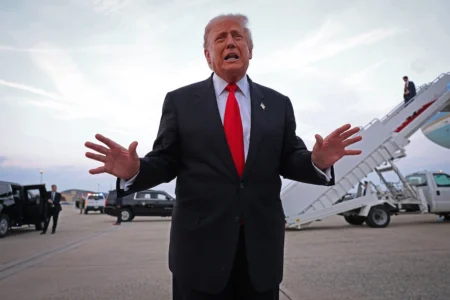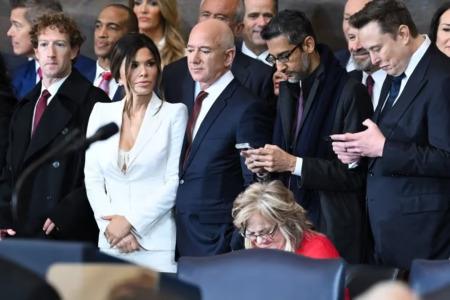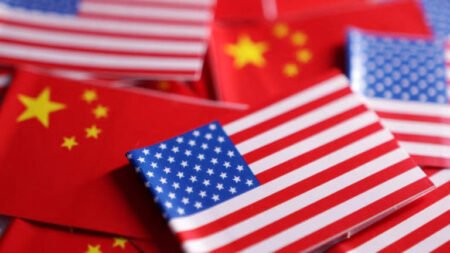Coffee prices surged on Tuesday as US tariffs continue to curb Brazilian exports. While the Trump administration recently dropped tariffs on commodities not grown in the US, Brazil remains subject to a separate 40% tariff. The US has yet to clarify whether importers are exempt from this levy.
Tightening US supplies have also supported prices. ICE-monitored arabica inventories fell to a 1.75-year low of 396,513 bags, while robusta inventories dropped to a four-month low of 5,648 lots. US purchases of Brazilian coffee from August through October fell 52% year-on-year to 983,970 bags after tariffs took effect.
Weather in Brazil’s key arabica region, Minas Gerais, offered little relief. The area received 19.8 mm of rain in the week ending November 14, just 42% of the historical average.
Bearish factors include StoneX’s forecast of 70.7 million bags of Brazilian coffee in the 2026/27 marketing year, up 29% year-on-year for arabica. Vietnam’s coffee production is also rising, with January–October 2025 exports up 13.4% year-on-year to 1.31 million metric tons, and the 2025/26 crop projected at a four-year high of 1.76 MMT (29.4 million bags).
Globally, coffee supplies are tightening. The International Coffee Organization reported a 0.3% year-on-year decline in coffee exports for the current marketing year to 138.658 million bags. In Brazil, Conab cut its 2025 arabica estimate to 35.2 million bags and total production to 55.2 million bags.
The USDA projects global coffee output in 2025/26 will reach a record 178.68 million bags, with arabica down 1.7% to 97.022 million bags and robusta up 7.9% to 81.658 million bags. Brazil’s production is expected to rise 0.5% to 65 million bags, while Vietnam’s output will climb 6.9% to 31 million bags. Ending stocks are forecast to increase 4.9% to 22.819 million bags.







